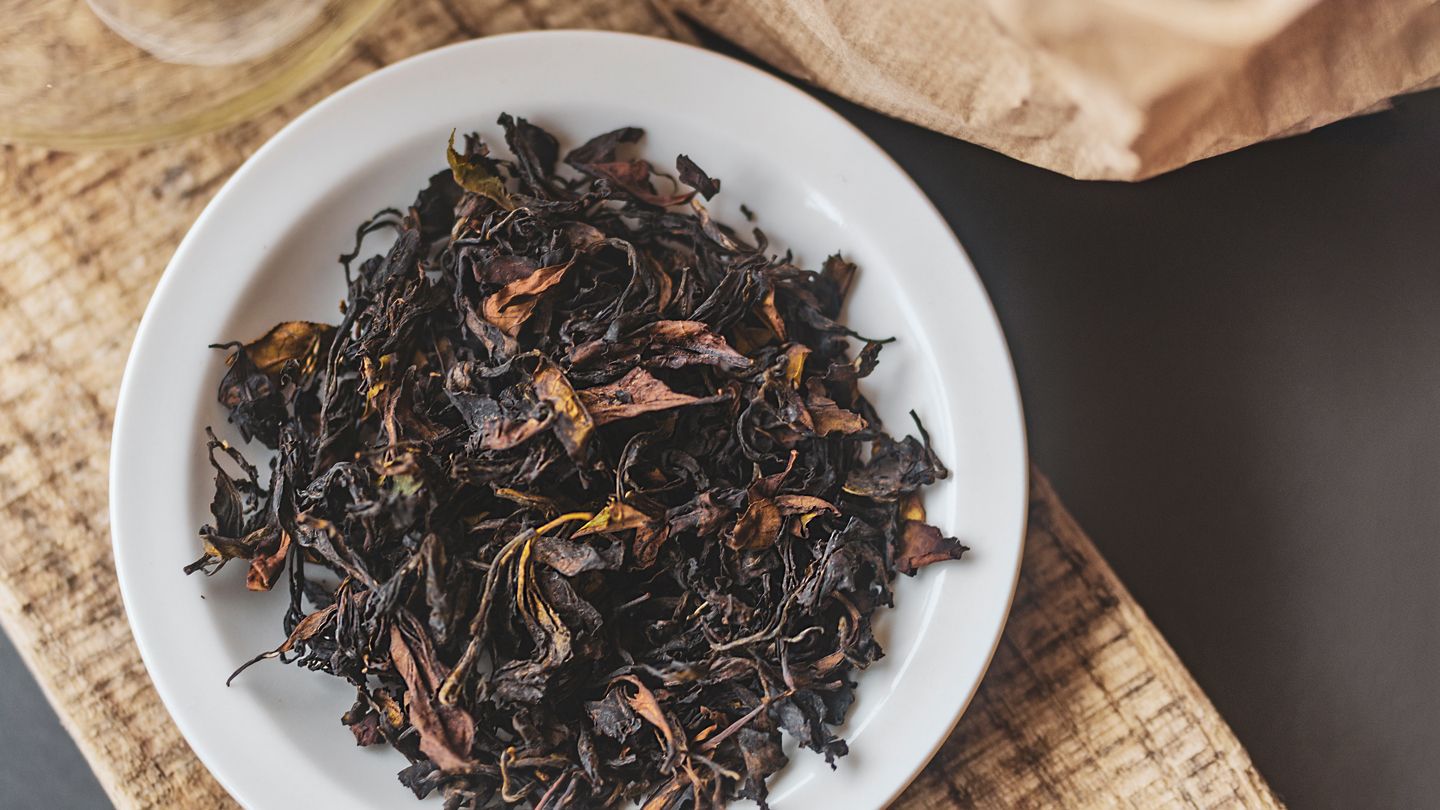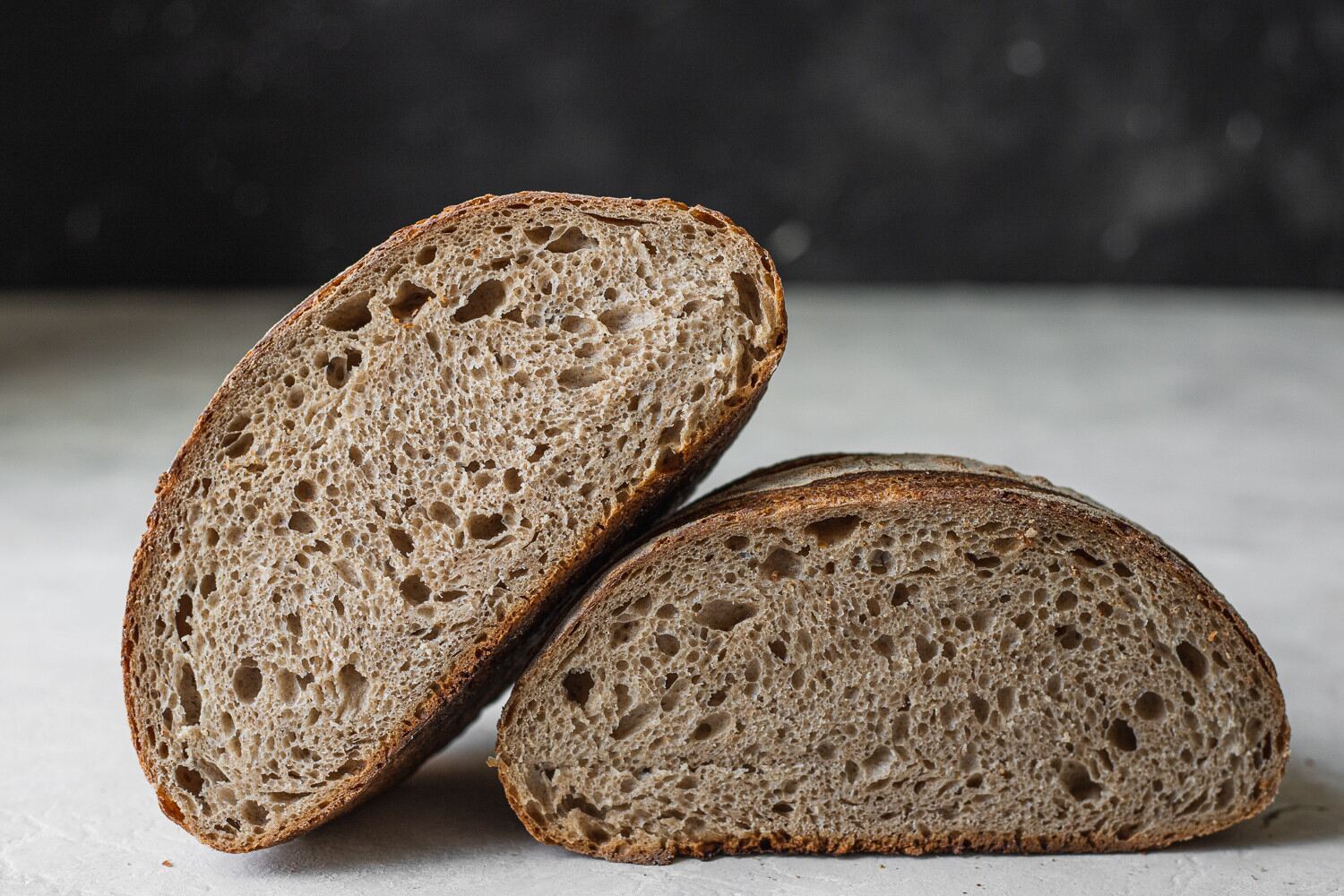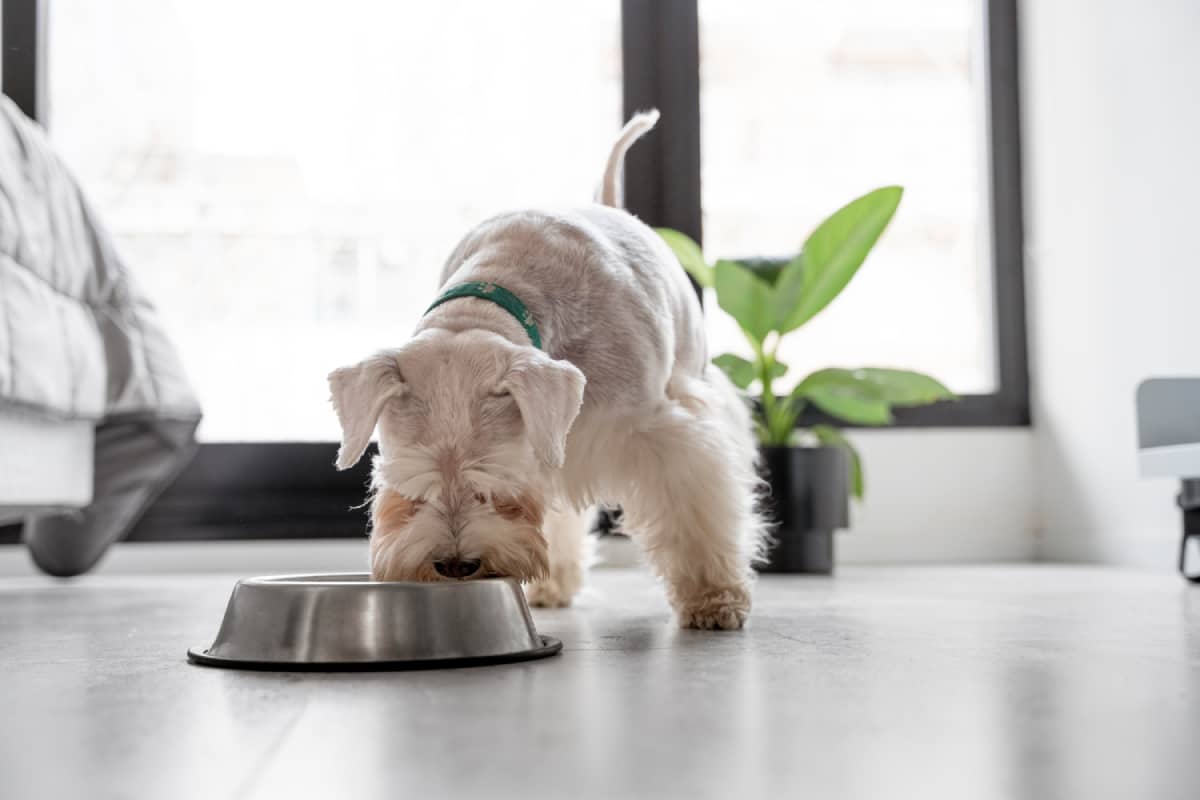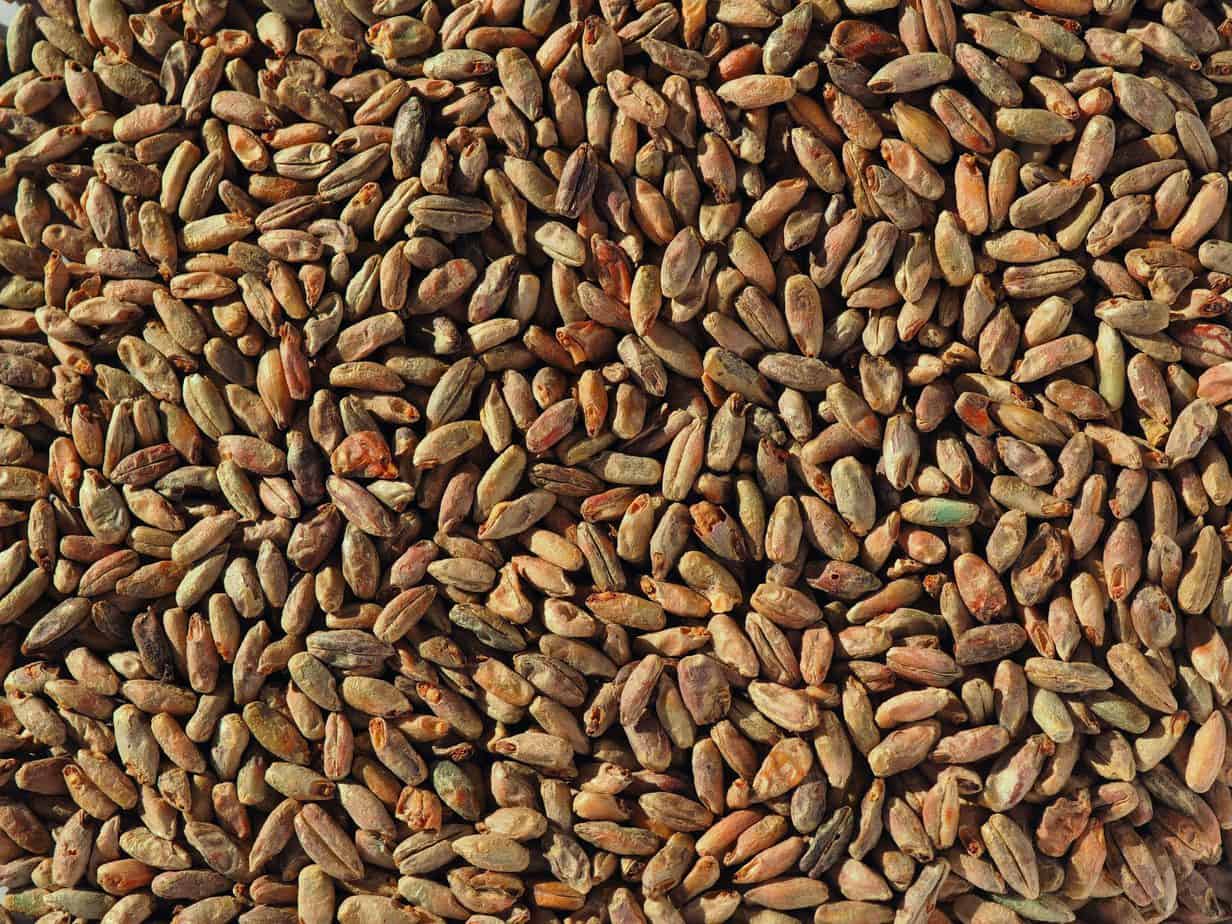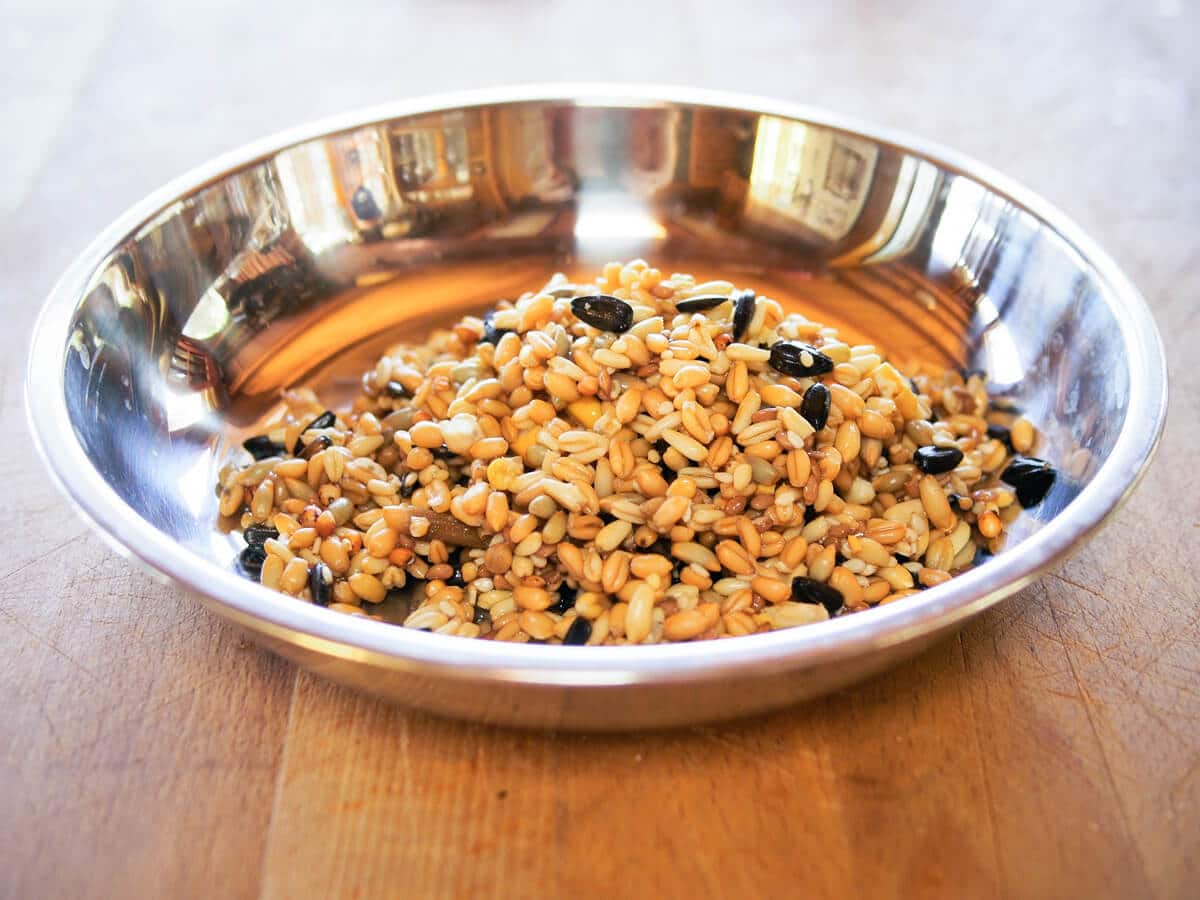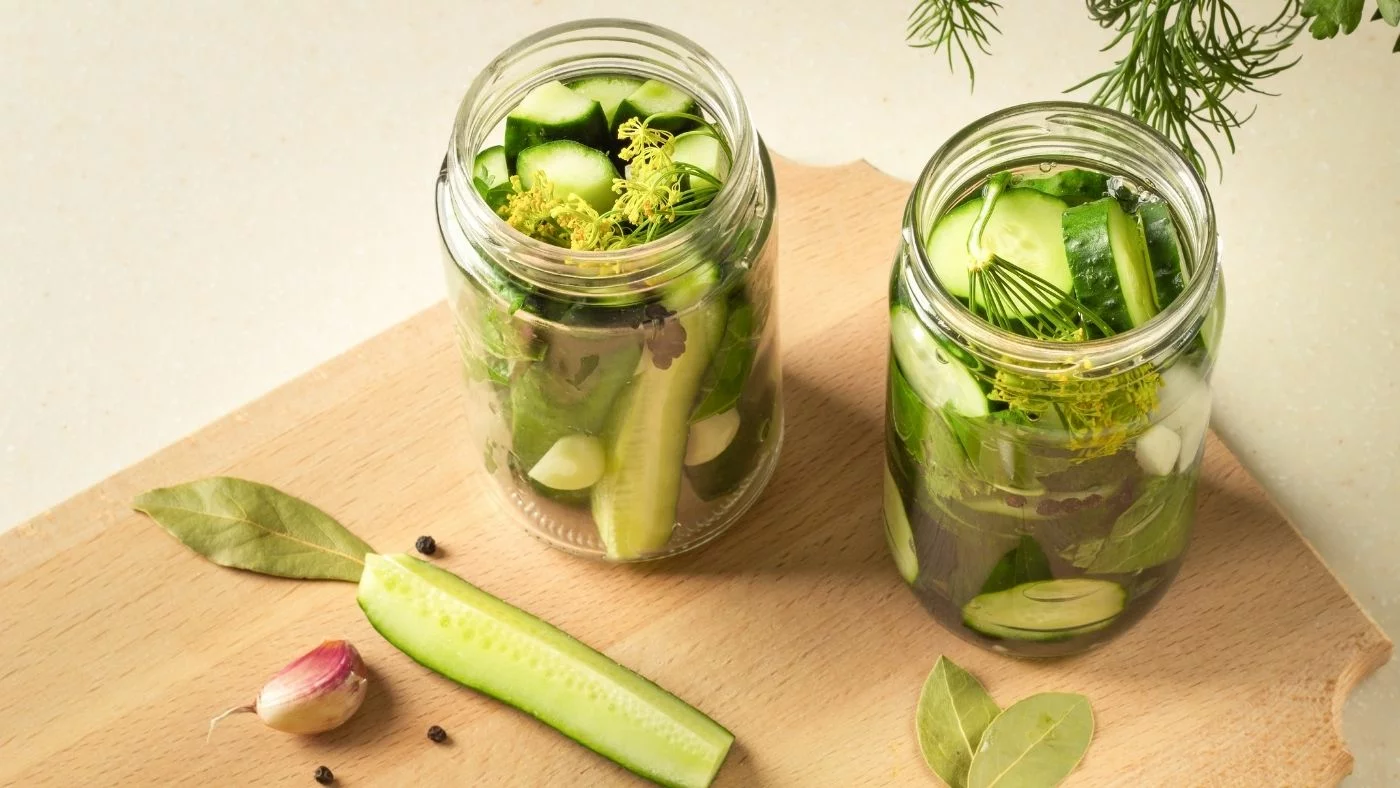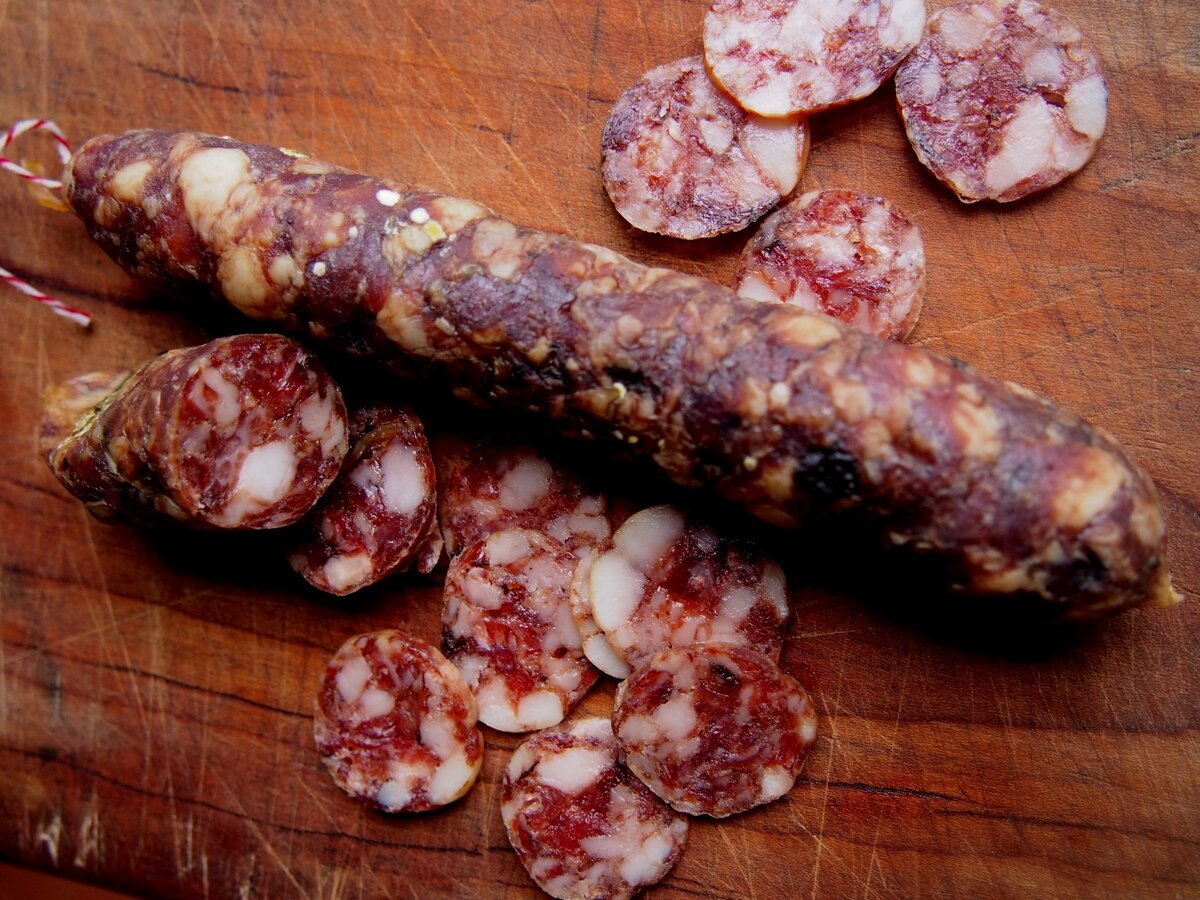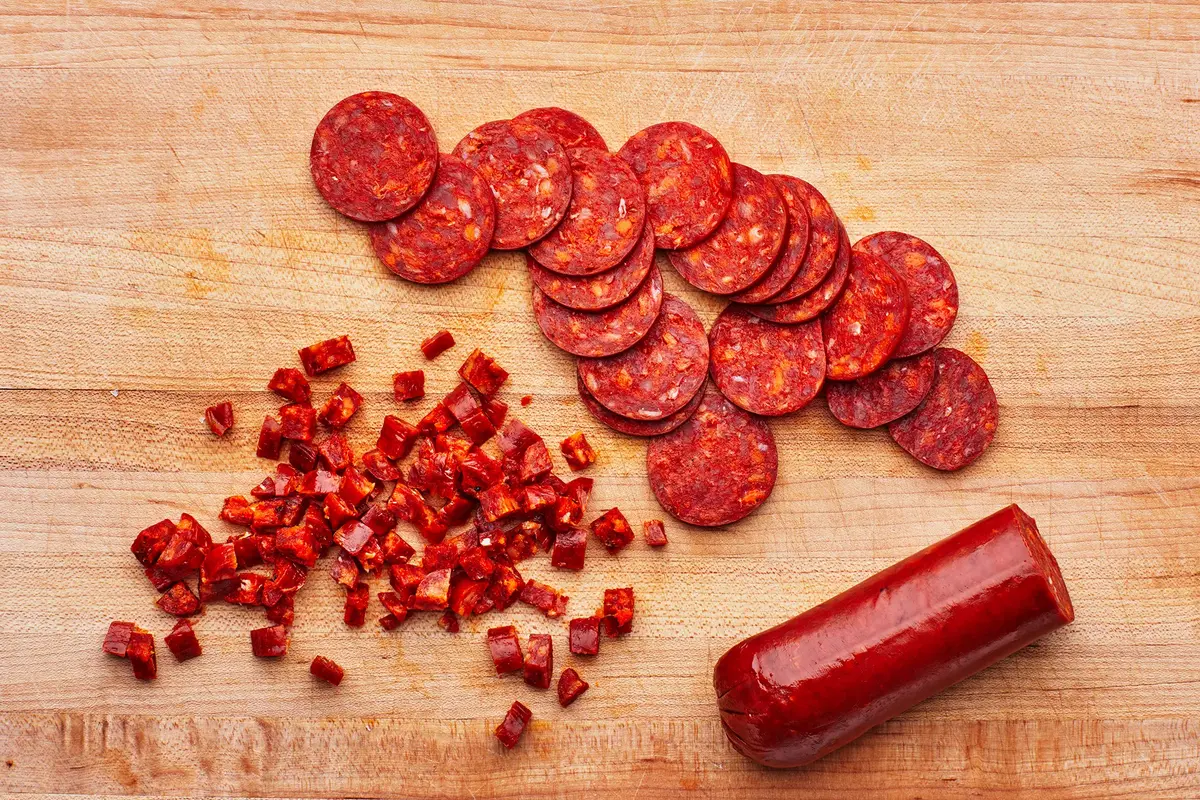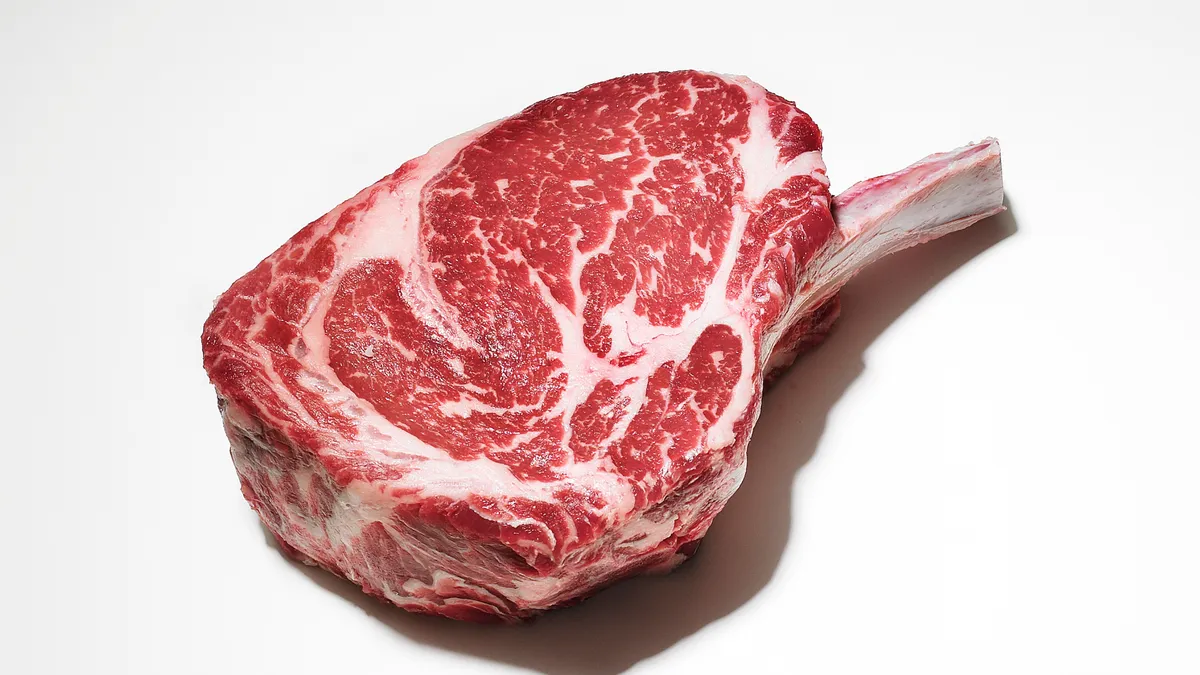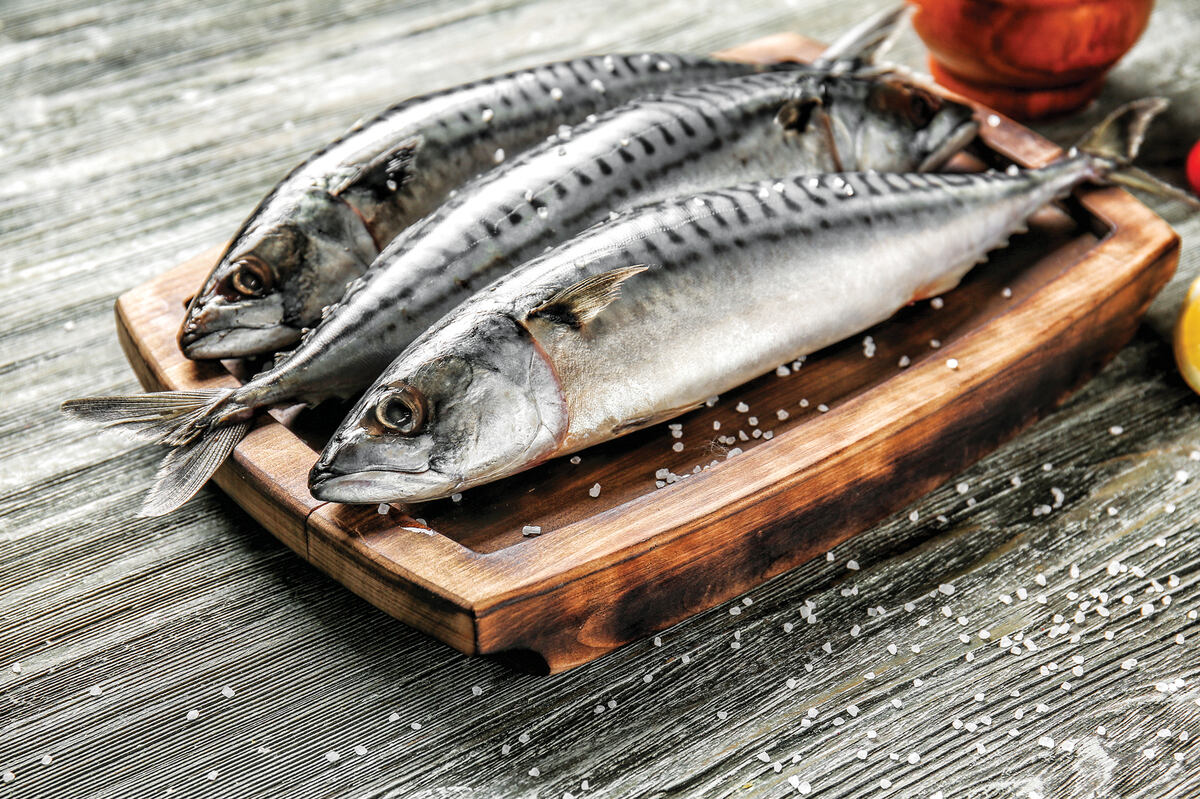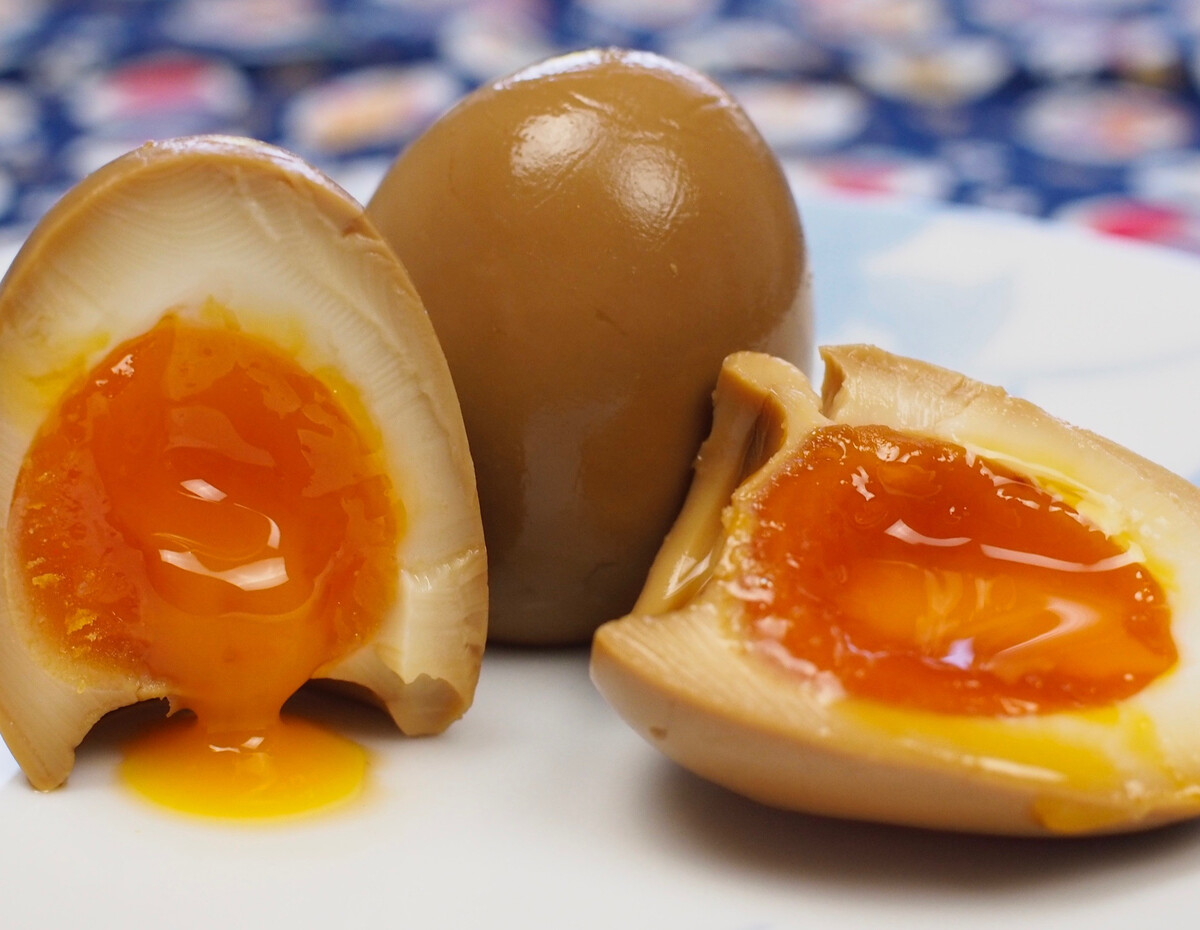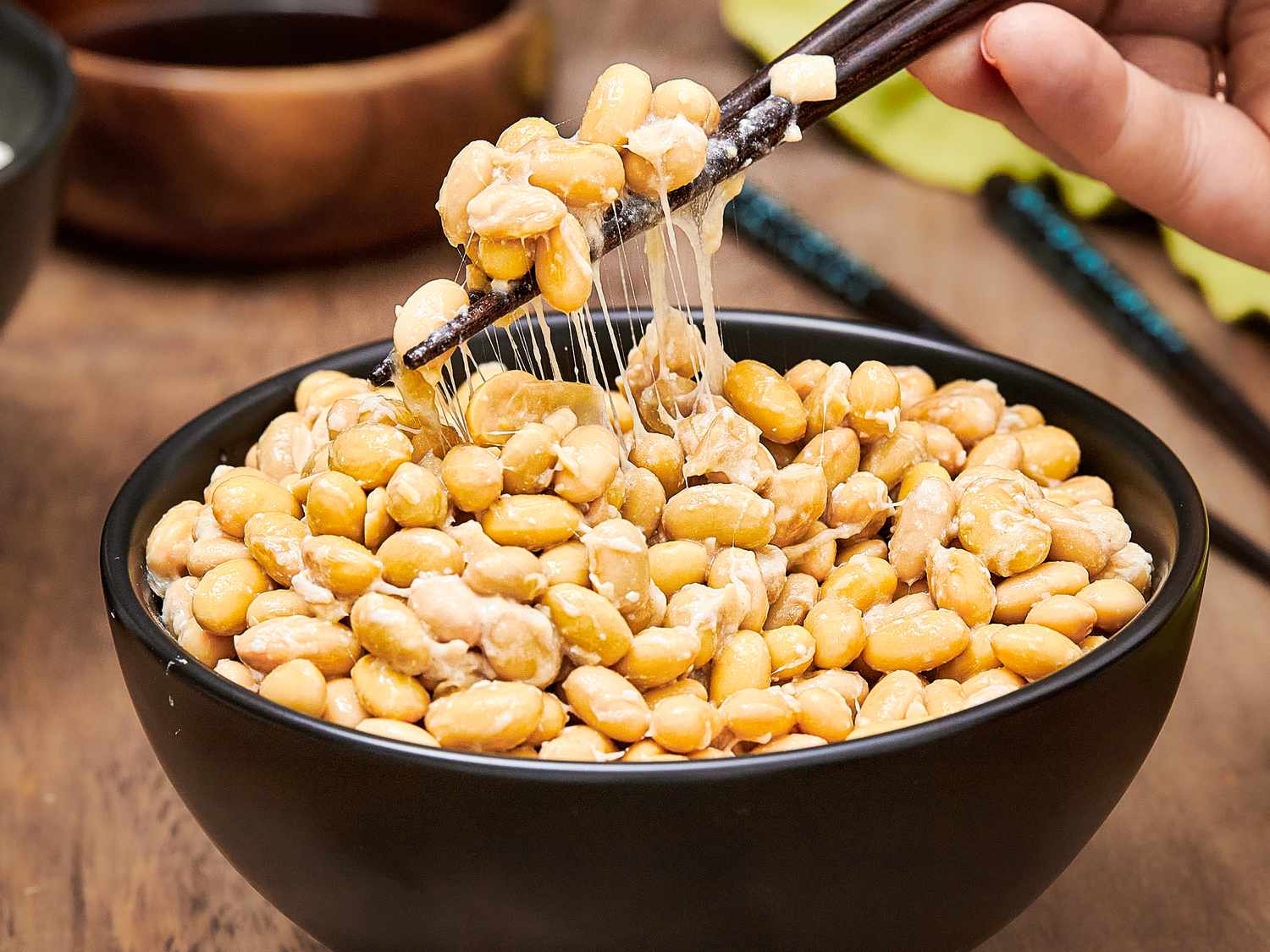What is Maple Sap Fermentation?
Fermenting maple sap is a process that transforms the natural sugars in the sap into alcohol and carbon dioxide, resulting in a delicious and tangy beverage known as maple sap wine or maple sap vinegar. This fermentation process is a traditional method that has been used for centuries to preserve and enhance the flavor of maple sap.
Steps to Ferment Maple Sap
If you’re interested in trying your hand at fermenting maple sap, follow these simple steps:
- Collect Maple Sap: The first step in the process is to collect fresh maple sap from maple trees. This is typically done in the early spring when the sap is flowing.
- Filter the Sap: Once you have collected the sap, it’s important to filter it to remove any impurities or debris.
- Add Yeast: Next, add a small amount of yeast to the filtered sap. The yeast will consume the sugars in the sap and produce alcohol and carbon dioxide as byproducts.
- Allow Fermentation: Place the sap in a fermentation vessel and allow it to ferment for several weeks. During this time, the yeast will work its magic, transforming the sap into maple sap wine or vinegar.
- Monitor the Process: It’s important to monitor the fermentation process to ensure that it is progressing as it should. You can do this by checking for bubbles in the sap, which indicate that the yeast is producing carbon dioxide.
- Enjoy the Results: Once the fermentation process is complete, you can enjoy the fruits of your labor by sipping on a glass of homemade maple sap wine or using the fermented sap to make tangy maple sap vinegar.
Tips for Successful Maple Sap Fermentation
Here are a few tips to keep in mind as you embark on your maple sap fermentation journey:
- Use Fresh Sap: It’s important to use fresh, high-quality sap for fermentation. The fresher the sap, the better the end product will be.
- Sanitize Equipment: Before beginning the fermentation process, make sure to thoroughly sanitize all equipment to prevent contamination from unwanted bacteria or yeast strains.
- Control Temperature: Yeast thrives in specific temperature ranges, so it’s important to control the temperature of the fermentation vessel to ensure optimal yeast activity.
- Be Patient: Fermentation takes time, so be patient and allow the process to run its course. Rushing the process can result in an inferior final product.
Uses for Fermented Maple Sap
Once you have successfully fermented your maple sap, there are several delicious ways to enjoy the resulting maple sap wine or vinegar:
- Maple Sap Wine: Maple sap wine can be enjoyed on its own or used in cooking and baking to add a unique, sweet-tart flavor to dishes.
- Maple Sap Vinegar: Maple sap vinegar can be used in salad dressings, marinades, and sauces, adding a delightful tangy kick to your favorite recipes.
Conclusion
Fermenting maple sap is a rewarding and delicious way to preserve the natural flavors of maple sap while creating unique and flavorful beverages. By following the simple steps outlined above and keeping a few key tips in mind, you can successfully ferment maple sap at home and enjoy the delightful results.
Was this page helpful?
Read Next: How To Ferment Barley
